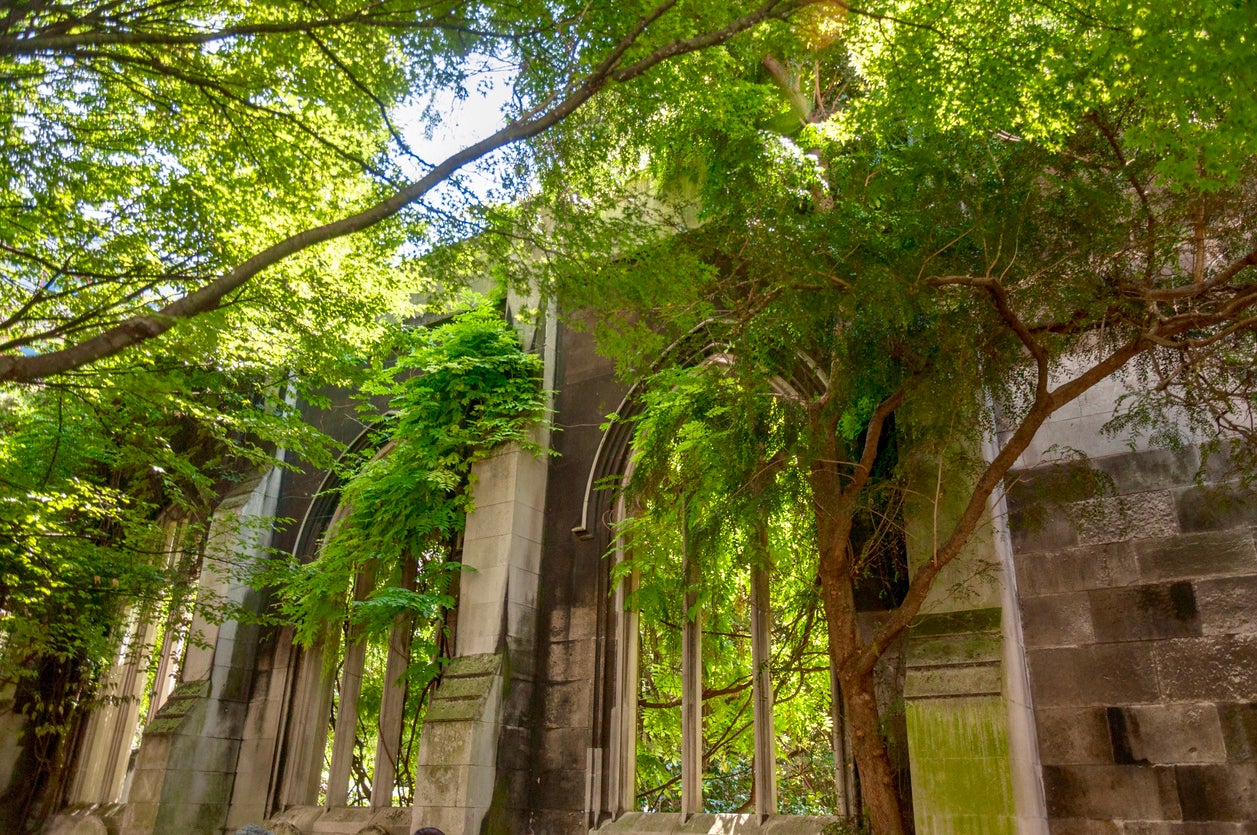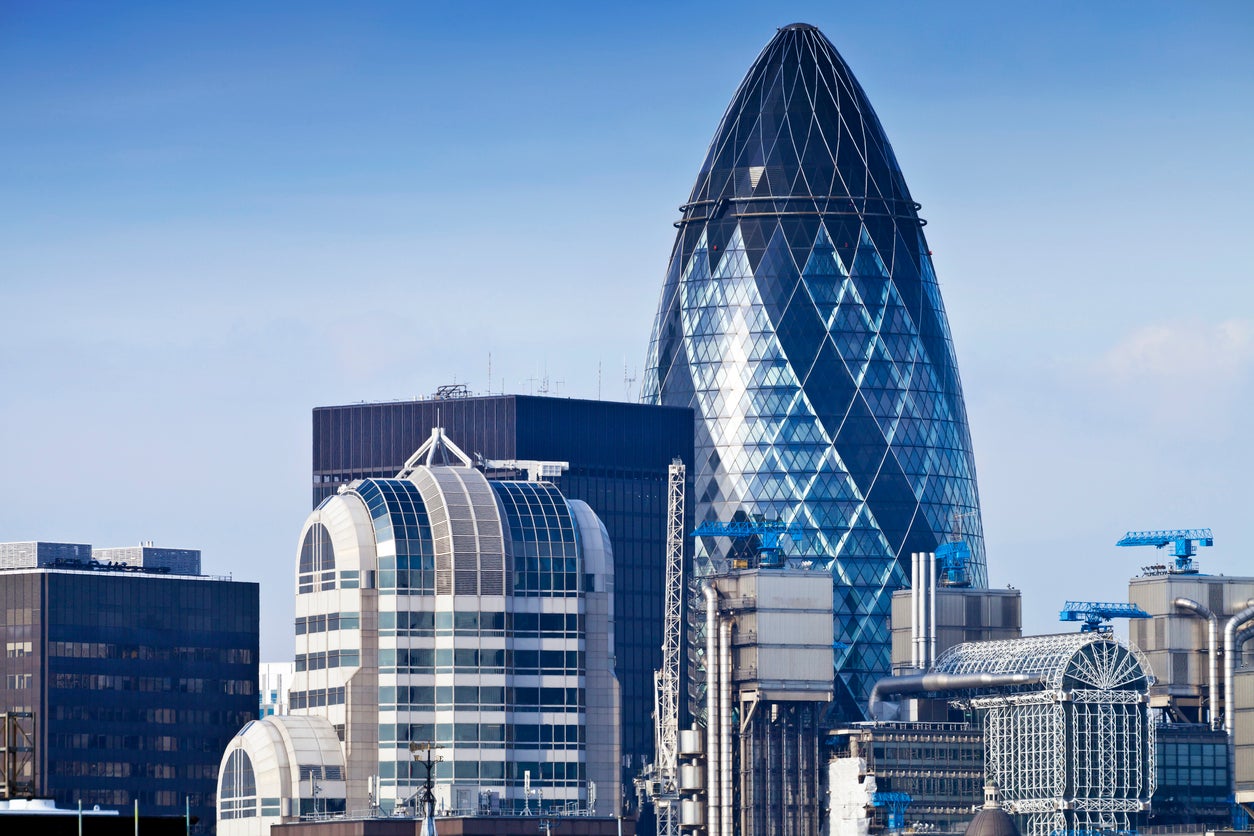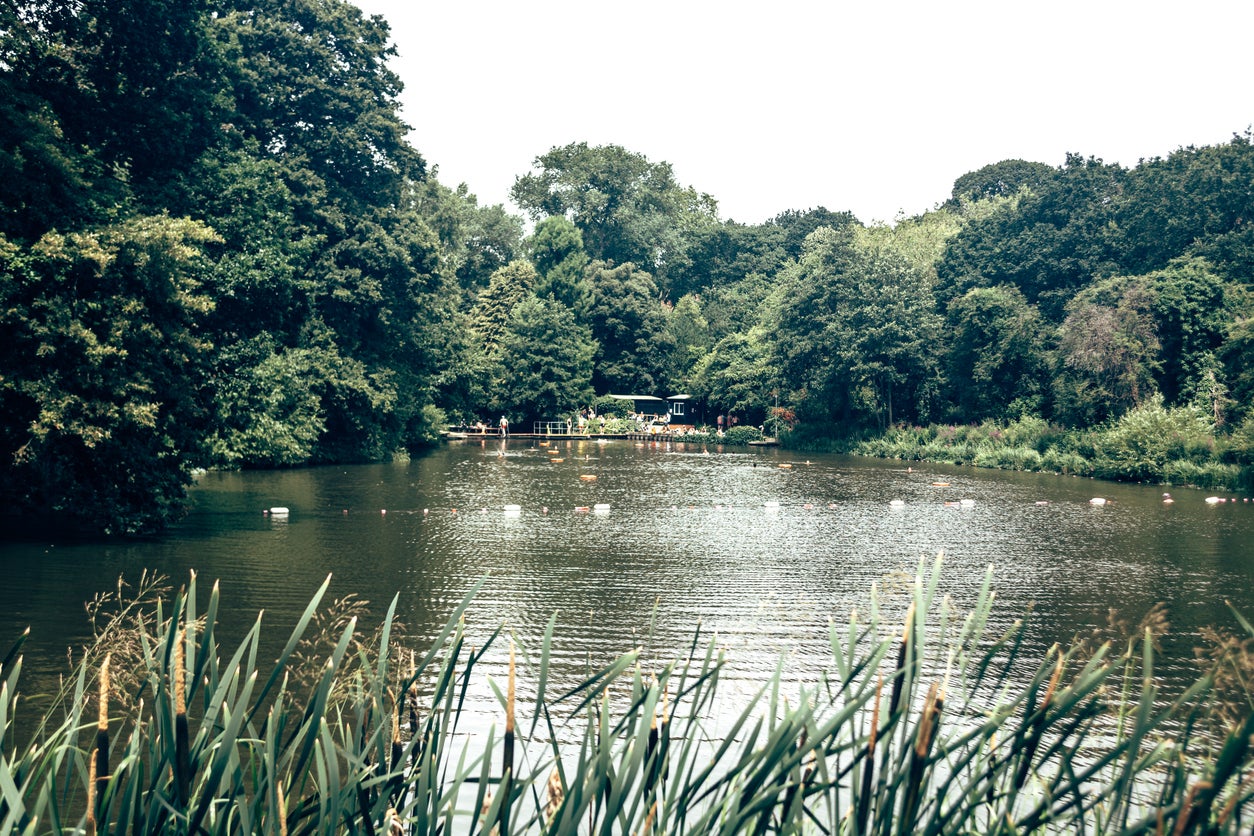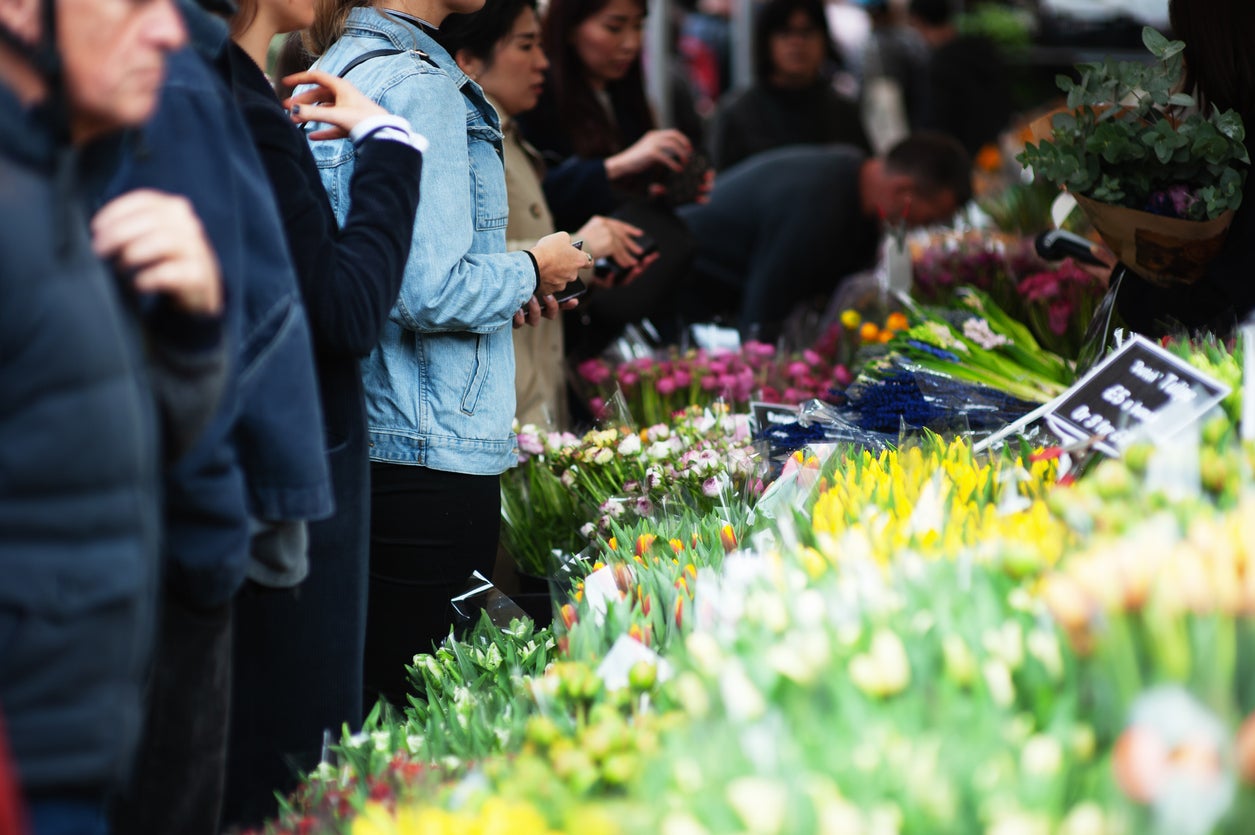Welcome to my home town: I never thought I’d miss London’s faceless crowds – until the pandemic hit
Outsiders may see the capital as ‘too much’, but it will always be home for Rebecca Speare-Cole

Your support helps us to tell the story
From reproductive rights to climate change to Big Tech, The Independent is on the ground when the story is developing. Whether it's investigating the financials of Elon Musk's pro-Trump PAC or producing our latest documentary, 'The A Word', which shines a light on the American women fighting for reproductive rights, we know how important it is to parse out the facts from the messaging.
At such a critical moment in US history, we need reporters on the ground. Your donation allows us to keep sending journalists to speak to both sides of the story.
The Independent is trusted by Americans across the entire political spectrum. And unlike many other quality news outlets, we choose not to lock Americans out of our reporting and analysis with paywalls. We believe quality journalism should be available to everyone, paid for by those who can afford it.
Your support makes all the difference.During lockdown, many of us made the pilgrimage back to our family homes – and rediscovered them through fresh eyes. Part guide, part love letter, “Home towns” is a new series in which we celebrate where we’re from.
People who didn’t grow up in London have often said to me it’s just “too big”, “too much”, “too lonely” or “too spread out” – and I wasn’t quick to disagree. Over the years, from school to university and starting work, I found myself feeling increasingly disillusioned and exhausted by my home town (OK, OK – home city).
The capital evolved into a string of isolated vignettes – home, Pret, the office, yoga, Love Island, phone screen, occasional pub trip or rare big weekend event, all linked by the soulless labyrinth of the Tube. Faceless commuters blurred into a mild irritation that reinforced my sense of alienation as I tried to navigate my way through the day in the place I’d grown up.
This disconnectedness was a long way from the London of my childhood. I was raised next to stretches of grass and duck ponds in Wandsworth Common in the Nineties. Many of my memories include hours spent outside – going to the Bolingbroke Grove playground to ride on the “swirly-whirly slide”, joining school outings to see frogs and otters at the Wetland Centre in Barnes, and my dad teaching me to ride a bike on rainy weekends in Richmond Park.
When the pandemic hit last year, I was at the height of taking London for granted and couldn’t wait to leave. So, instead of signing onto a new lease for a room in Kensal Rise, I spent lockdown at my boyfriend’s family home, in a huge tract of Lancashire farmland.
Fresh air, space and the charms of rural northern England came as a welcome respite for a few weeks; but I was also surprised to find myself growing increasingly homesick.
When I returned to London for lockdown number two, the hauntingly empty streets came as an odd shock. Time in the city had slowed down and I started going on long walks through the streets. I wandered down the South Bank, discovering an old beach at Blackfriars littered with oyster shells from a market located nearby 100 years ago. I found a historic graveyard in Waterloo where prostitutes were buried and the cast-iron statues of dragons marking the City of London boundaries. I stopped for a sandwich at a Little Venice barge, bought fresh produce in Brixton Market and visited the vine-covered bombed-out ruins of the church of St Dunstan in the East in Tower Hill. Seeing how big-draw hotspots, hidden backstreets, historical clues and village-like communities were all connected began to give me a renewed sense of energy and attachment to London.

When restrictions began to ease in spring, people suddenly emerged from hibernating in their homes. Groups of friends and families started meeting to drink beer along the Thames, eat packed lunches by canals or grab a coffee in the parks. When the Euros kicked off, the whole city woke up, jubilant. Pubs started buzzing again and central London squares teemed with all kinds of different people, united by a spirit of celebration. As I too stepped outside, I realised just how much I’d missed all the eclectic strangers who share this city, and who ensure it is so much more than the sum of its parts.
By getting outside and embracing the newly crowded spaces, I’ve started making the most of the city in a way I never did before
After Covid first shrunk London into even smaller worlds of flats and computer screens, my home town now looks like a completely different place. By getting outside and embracing the newly crowded spaces, I’ve started making the most of the city in a way I never did before. Here’s how to make the most of the capital post-lockdown.
Walks around town
Whether it’s 20 minutes or a whole day, walking through London is the best way to dive into the post-lockdown atmosphere. A quick stroll through St James’s Park offers a chance to snap souvenir photos of the Horse Guards Parade or Buckingham Palace. Alternatively, take the three-hour hike along the canals through east London from Limehouse all the way to Little Venice. On the way, stop for a burger and bevvy at By the Bridge cafe overlooking the water in Haggerston.
If you wander along Southbank from Big Ben to Borough Market, visit the poignant red-heart drawings on the National Covid Memorial Wall just before Westminster Bridge.

Walking is also a great way to see some of London’s most striking architecture with a 90-minute route around the Square Mile, where the glittering glass of the Gherkin is sandwiched next to the ancient ruins of the Roman Temple of Mithras.
But my personal favourite is following the Green Chain route through southeast London. This walk winds through forests and parklands, stopping at the Crystal Palace dinosaurs, the Dulwich Picture Gallery, Nunhead’s gothic cemetery and Severndroog Castle with its hazy views of the city’s skyscrapers in the distance.
Get outside
London can often feel like an indoor city, especially during the winter months. But the capital has an amazing outdoor culture if you go looking for it. Taking a dip in lidos around the capital, from Tooting and London Fields to Brockwell Park, offers a refreshing break from the noise.
Wild swimmers can also opt for the Serpentine or Hampstead ponds; thrill-seekers can climb trees or zip-wire at Go Ape in Battersea Park; and animal lovers can escape the concrete jungle to walk alongside deer in Richmond Park.

Despite its inland location, there are also endless ways to get on the water in London. Kayaking the Thames after dark, sailing around the Isle of Dogs or early morning rowing from Putney boathouses are just a few of the many activities on offer.
If peaceful greenery is more your thing, the capital is home to many serene and creative garden centres and shops. You can cruise the colourful blooms at Columbia Road Flower Market, shop for houseplants in Kentish Town’s Boma Garden Centre and learn about age-old medicinal plants at Chelsea Physic Garden.
Drinks with a view
No city does stylish watering holes with spectacular views better than London. Sip on champagne cocktails and stroll around the jungle greenhouse in the Sky Garden at the top of the Walkie Talkie.
Rooftop bars like Skylight in Wapping or the Bussey Building in Peckham are mixtures of panoramic London vistas, trendy music and ethereal fairy lights.
For a wholesome pint, a leafy south London beer garden like The Leather Bottle in Earlsfield or a west London Thames-side pub like The Dove in Hammersmith are hard to beat.

Stay over
The sustainability-focused hotel Treehouse opened with its foliage-covered rooftop bar in Marylebone just before the pandemic struck. The rooms have sweeping views of the city with prices starting at around £260 depending on when you book.
For those looking for a cosy pub-stay, The Culpeper in Spitalfields has snug rooms for around £133 a night as well as a charming rooftop terrace where diners sit among vines, greenhouses and apple trees.
If you’re on a budget, there’s the Staysafe Hostel – set in a picturesque Grade I-listed building surrounded by cloisters and fountains in the middle of Holland Park. Dorms start at £11 per person a night.



Join our commenting forum
Join thought-provoking conversations, follow other Independent readers and see their replies
0Comments